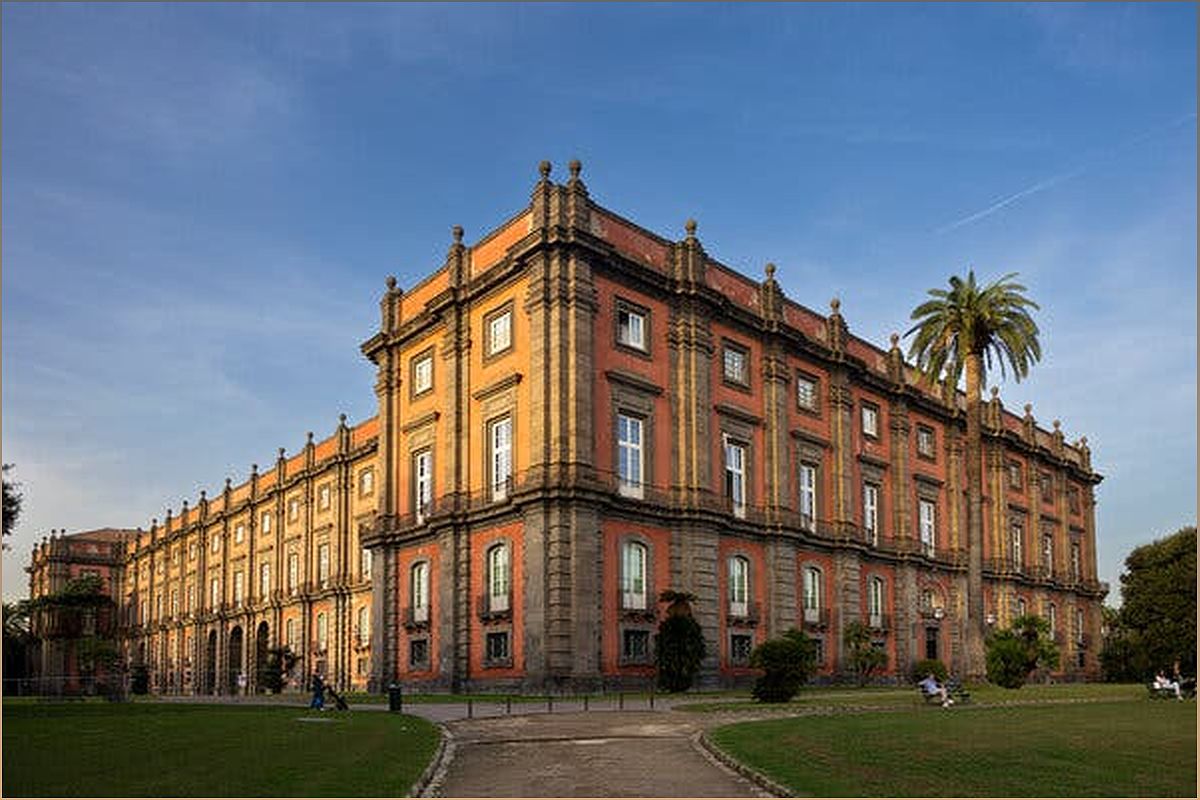Italy's renowned art institutions are undergoing a significant shift in leadership. In this article, we delve into the selection process for the directors of Italy's top museums, including the Uffizi in Florence, the Capodimonte in Naples, and the Brera in Milan. We explore the reforms that have granted greater autonomy to these institutions and the impact it has had on their management. Join us as we uncover the challenges, perks, and cultural transformations taking place in Italy's museum sector.
A New Selection Process for Italy's Top Museums
Discover the rigorous selection process that candidates face to become directors of Italy's prestigious museums.
Italy's Culture Ministry has implemented a new selection process for the directors of its top museums, including the Uffizi, Capodimonte, and Brera. Dozens of candidates have been interviewed by a five-person committee, assessing their knowledge of various issues and their vision for each museum.
The committee will narrow down the list to three candidates for each position, and the final selection will be made by Italy's culture minister and the ministry's director overseeing museums. This rigorous process ensures that only the most qualified individuals are chosen to lead these esteemed institutions.
The Impact of Reforms on Italy's Museum Sector
Explore the reforms that have granted greater autonomy to Italian museums and the challenges they face in managing their operations.
Eight years ago, reforms were implemented to grant Italian arts institutions greater autonomy and open up the position of museum director to candidates from outside the culture ministry's ranks. This move aimed to bring fresh perspectives and international expertise to the sector.
While the reforms have led to positive changes, such as increased managerial autonomy and the ability to fundraise, challenges remain. Italian museums face lower salaries compared to international counterparts, limited contracts, and the complexities of Italian bureaucracy.
The Prestige and Perks of Leading Italian Museums
Delve into the allure of directing Italy's top museums, despite the challenges that come with the position.
Leading an Italian museum, such as the Uffizi or Capodimonte, comes with undeniable prestige and perks. These institutions house some of the world's most celebrated artworks and offer unique cultural experiences.
However, the allure is tempered by downsides, including lower salaries compared to international museums, limited contracts, and the bureaucratic hurdles of the Italian system. The question arises whether the rewards outweigh the challenges for directors with international experience.
The Evolution of Italy's Museum Reforms
Trace the history of Italy's museum reforms and their impact on the cultural landscape.
In 2015, the reform granted greater autonomy to 20 of Italy's top museums, shifting oversight for budgets from the culture ministry to the directors themselves. This change allowed museums to retain more of their revenues and make independent decisions.
While financial independence has led to a business-oriented approach in some cases, it has also empowered directors to implement transformative changes. These reforms have been instrumental in revitalizing neglected areas, improving international standards, and attracting more visitors.

